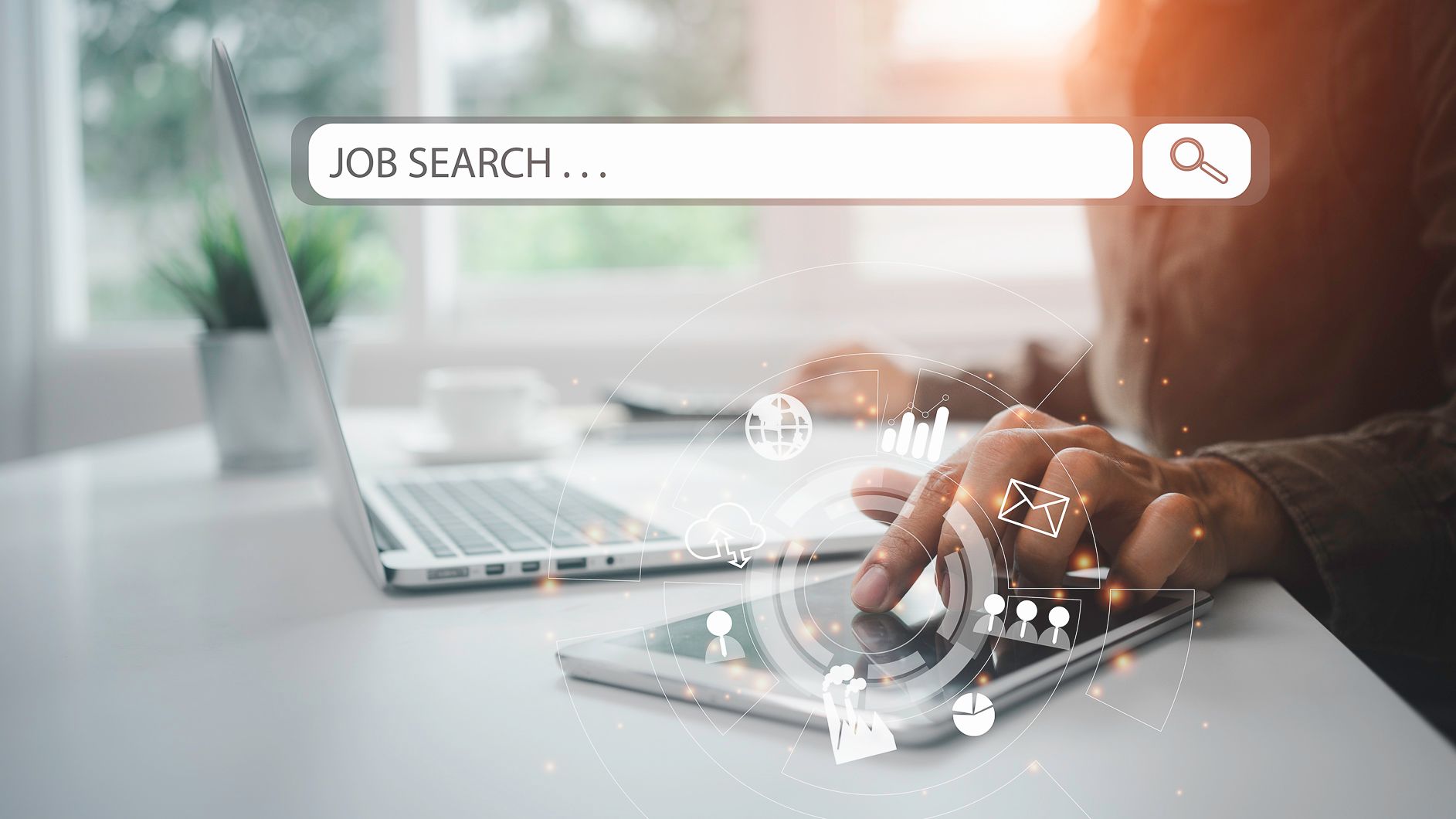According to the Global Gender Gap Report 2020, it will take more than a lifetime to make gender equality a reality in workplaces. This is a harsh truth, given that greater gender equality creates more profitable, productive environments for employees.
This report is timely, given its release to coincide with International Women’s Day, which this year’s theme, #EachforEqual, focuses on the notion of “collective individualism”. This concept suggests that as individuals we all have the ability to act and think in a way that challenges gender stereotypes, broaden perceptions and champion gender equality within our workplaces.
The 2020 #EachforEqual campaign is a year-long campaign that doesn’t just end on International Women’s Day.
This month, we will look at the current state of gender equality in the workplace, the biggest barriers to achieving equality and how organisations can begin and continue to break down these walls.
The Global Gender Report 2020
The Global Gender Gap report has served as a compass to track progress on the relative gaps between women and men on health, education, economy and politics over the last 14 years. This year’s report has highlighted the growing urgency for action.
“Without the equal inclusion of half of the world’s talent, we will not be able to deliver on the promise of the Fourth Industrial Revolution for all of society, grow our economies for greater shared prosperity or achieve the UN Sustainable Development Goals,” said Founder and Chairman of the World Economic Forum, Klaus Schwab.
The report concluded that while the gap between men and women is becoming smaller, there is still a 31.4% average gender gap that remains to be closed globally. And at the present rate of change, it will take women almost a century to achieve equality – a staggering timeline considering our supposedly modernising world.
The current state of gender equality in senior and leadership roles
One of the areas that sees the largest disparity between men and women in the workplace is in leadership roles and positions of authority. According to the Workplace Gender Equality Agency’s Gender Equality Scorecard, most senior roles are heavily male-dominated and the representation of women declines steadily with seniority. According to this report, women represented:
- 24.7% of directors
- 12.9% of chairs
- 16.3% of CEOs
- 28.5% of key management personnel
- 30.1% of other general manager/executive positions
- 34.1% of senior managers
- 40.8% of other mangers
Wage and income disparities
Financial disparities also remain difficult to achieve, with statistics showing that progress towards closing this gap in both income and wages has stalled. No country, even those ranked amongst the top for gender equality, has yet achieved gender parity in wages, with an average of 40% of the wage gap (the ratio of the wage of woman to that of a man in a similar position) still to be bridged.
Furthermore, not only are women in similar positions as men paid less in wages, but their average total income is also significantly less. This difference is due partially to that fact that women encounter challenges obtaining senior roles, or find it difficult to enter into employment in high-reward segments of the job market.
Occupational segregation
One of the barriers to achieving gender equality in workplaces is the cultural norms and practices that underpin the higher education degree specialisation of men and women, which are driving extreme occupational segregation.
Data collected using LinkedIn shows that women make up a small portion of the workforce in particularly technical roles. For example, female workers make up an estimated 26% of workers in Data and AI roles, 15% of workers in Engineering roles and 12% of workers in Cloud Computing roles. Professions such as android developers, automation engineers and robotics engineers saw a female workforce of just 12%, 18% and 19% respectively.
This is in part due to greater overarching social norms and stereotypes eschewed by current society, but is also influenced on a micro-level through the way organisations promote and advertise for such roles. For example a PD for an engineer could use very masculine language and incentives that would appeal more to male candidates, positioning women to feel like an unsuitable choice for the role, making them potentially less likely to apply.
This demonstrates the importance of writing job ads that are inclusive and gender neutral, which is not only beneficial from an ethical perspective, but also a business one. Companies that fail to effectively champion female employees will significantly under-utilise their available talent pools, which can result in stunted business growth.
Diversity among women
A report by the Center for Talent Innovation , has found that many female minority groups are virtually invisible. So much so, in fact, that white women are twice as likely to attain positions of power compared to women of colour.
This brings to light the notion that women are so often grouped into one identity silo – being female. But what employers and Hiring Managers should also be looking at when wanting to achieve a more diverse and equal workplace is the minorities that exist within gender groups.
According to The Harvard Business Review , these “intersections of gender and race” must also be taken into account. Simply hiring more women of the same background, race and age, will limit a workplace’s ability to achieve true gender equality.
“That ambitious black women feel stuck and stalled speaks to this larger problem of identity silos within the workplace, the report says. “To tap the talent of leaders whose identities lie at the intersections… we need leaders who create constant opportunities for cultural intersections where commonality can emerge.”
Overcoming gender disparity in Australian workplaces
One of the simplest and most important first steps in achieving greater gender equality in the workplace is by identifying the gaps. A large proportion of organisations can do more when it comes to achieving greater equality for women in workplaces, which doesn’t just have benefits for employees, but also the business at large. In fact, workplace gender equality is associated with:
- Improved national productivity and economic growth
- Increased organisational performance
- Enhanced ability of companies to attract talent and retain employees
- Enhanced organisational reputation.
According to the Australian government , “Workplace gender equality is achieved when people are able to access and enjoy the same rewards, resources and opportunities regardless of gender.” This is something organisations can keep in mind when assessing their own workplaces. An equal workplace would require:
- All employees receive equal pay for work of equal or comparable value regardless of gender
- The removal of barriers to the full and equal participation of women in the workforce
- Access to all occupations and industries, including leadership roles, regardless of gender
- The elimination of discrimination on the basis of gender, particularly in relation to family and caring responsibilities
The journey to workplace gender equality is a significant one for all Australian companies and those in hiring or leadership roles, whether large organisations or small businesses, and will not be achieved without a strategic and systematic approach.
If you need assistance with inclusive recruitment practices, contact our recruitment team today.



